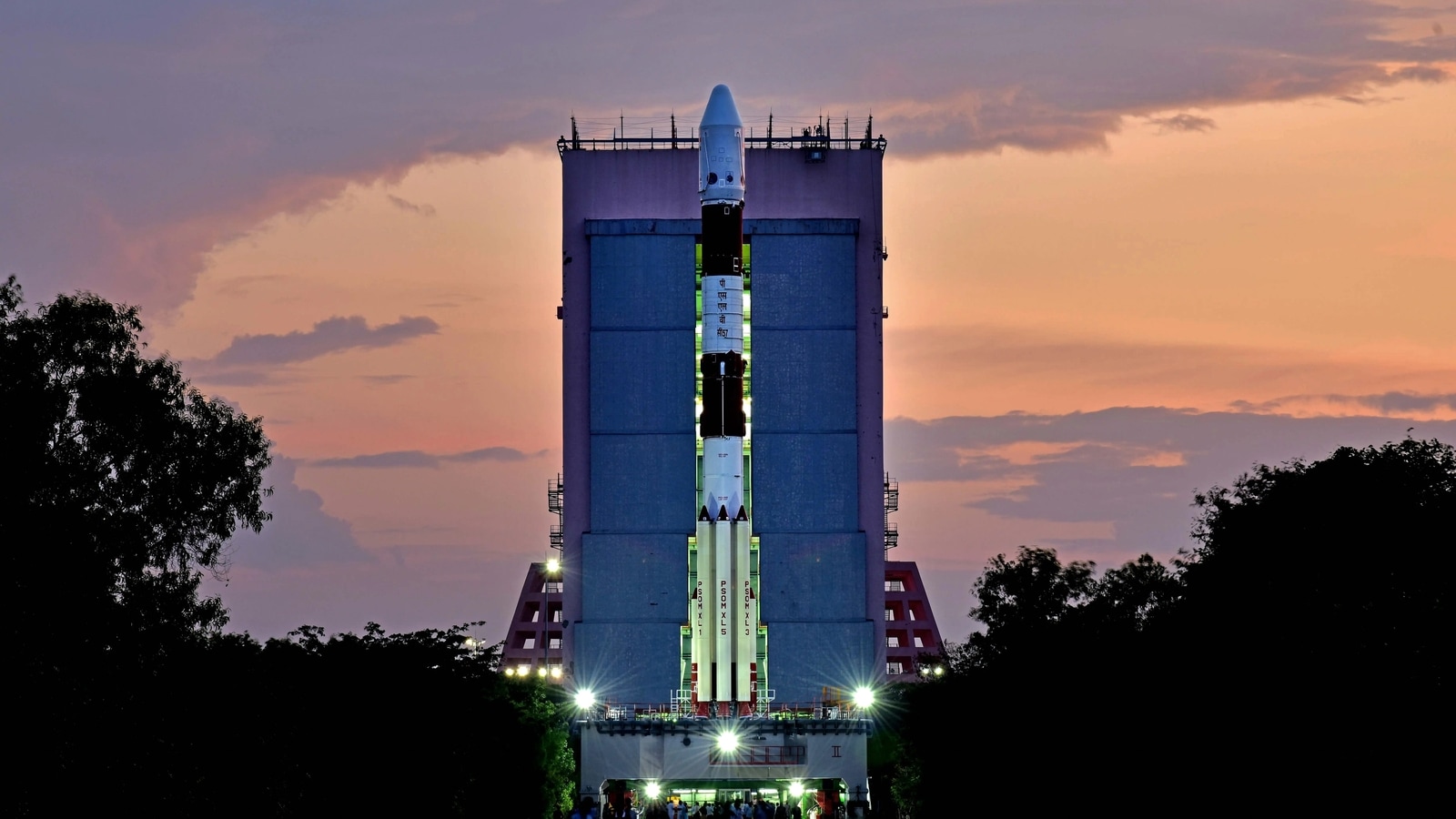Aditya-L1 will study effect of solar flares and wind, says former ISRO scientist
ISRO’s first space-based Indian observatory mission, Aditya L1 is ready to be launched in just a few minutes. Know what scientists say about the mission.

The day has finally come! Indian Space Research Organisation (ISRO) is prepared to launch the next space-based mission, Aditya-L1 today, September 2, 2023, at 11.50 AM. After a successful moon mission, the space agency is ready to contribute towards the unfolding of the Sun's environment. Recently, in an interview, former ISRO scientist, Tapan Misra said about the mission that studying our Sun's solar flares and the solar wind is essential to understanding how they affect the weather. Know more about the mission's objectives as per ISRO scientist:
1. Aditya-L1 will be launched by the PSLV-C57 which will carry seven payloads. four of them will study the light from the sun and the remaining three will measure plasma and magnetic field parameters in situ.
2. It was reported that the project was planned to launch in 2015, however, it was delayed for over almost 10 years.
3. ISRO scientist said that our solar wind has an 11-year cycle and during its peak time, it creates massive interference in the satellite communications and electrical distribution system on the ground.
4. Due to the peak of the solar cycle, the solar flares start to increase and the temperature of the Sun's surface also increases which disrupts the weather. However, when the solar flares are neutral the temperature also goes down.
5. The launch of Aditya-L1 is planned during the maximum of the ongoing solar cycle so the spacecraft can study the number of solar flares that occur on the Sun's surface.
6. During the high intensity of solar flares and winds, the Sun temperature goes up.
7. The ISRO satellite will send a warning when the solar winds change its trajectory towards our planet. With a solar wind velocity of 600 km/sec, we can expect to get a warning before it arrives.
8. Aditya-L1 will consist of four different types of instruments, one will measure solar surface signature in ultra-violet rays. There will be solar wind measuring instruments that will give data in terms of alpha particles per square kilometre.
9. The other two instruments will measure the intensity of solar winds along with their direction. Lastly, one instrument will send a warning.
10. Aditya-L1 will launch today in just a few minutes and the spacecraft will take about 125 days to reach the L1 point.
11. The spacecraft will be launched from the Sriharikota spaceport in Andhra Pradesh. Just like the Chandrayaan-3 launch.
12. If everything goes right, then in four months, the spacecraft will be successfully circling the halo-orbit and the satellite will be able to conduct the study.
Catch all the Latest Tech News, Mobile News, Laptop News, Gaming news, Wearables News , How To News, also keep up with us on Whatsapp channel,Twitter, Facebook, Google News, and Instagram. For our latest videos, subscribe to our YouTube channel.






























